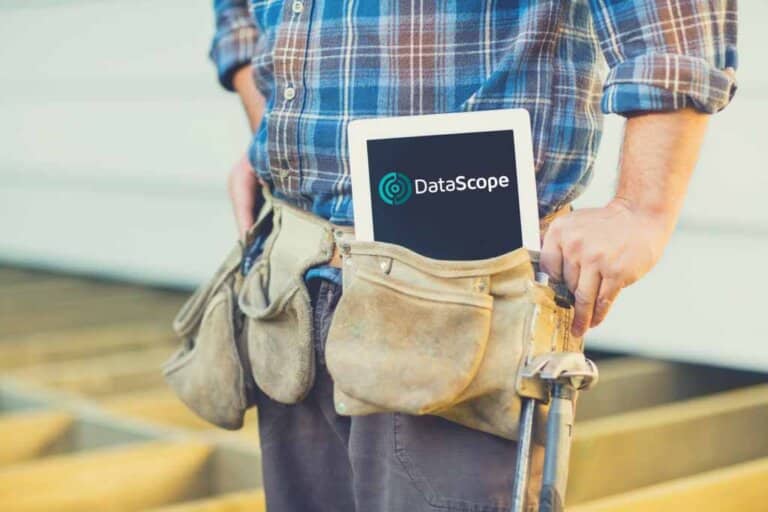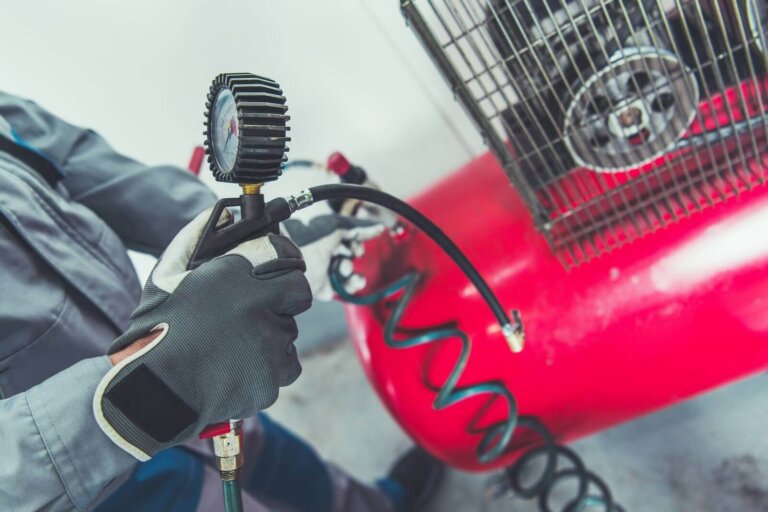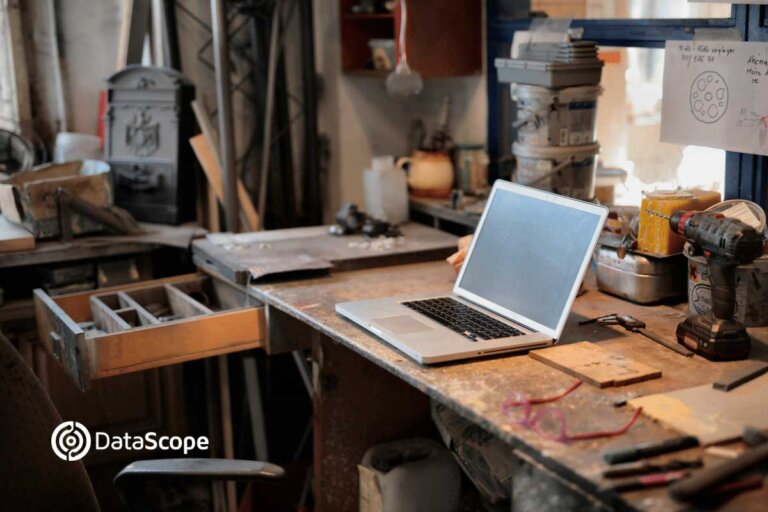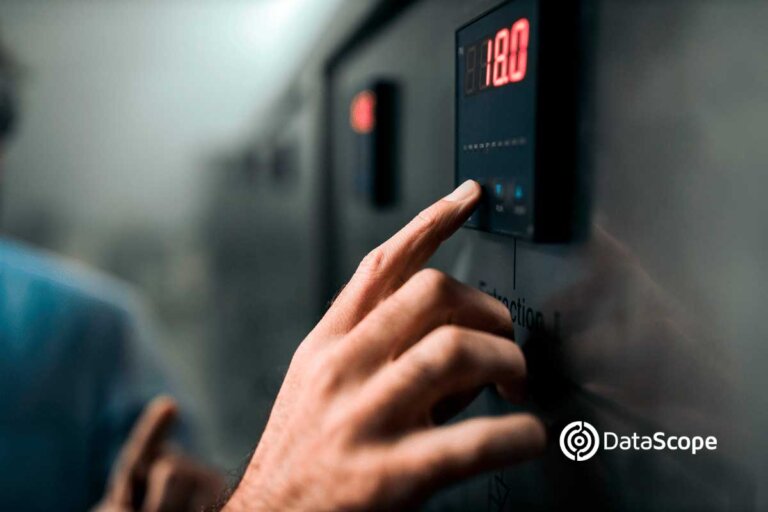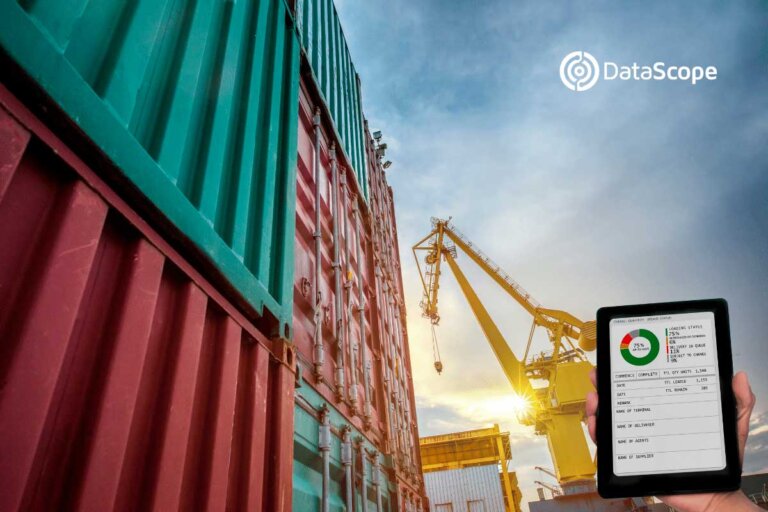A technical visit is a process in which a technician or a group of technicians makes a visit to review a specific project and see its status (planning, costs, characteristics, etc.). It is a kind of technical inspection. After the visit, the technician (s) must issue a report with all the relevant information gathered on the ground during the visit.
What is a technical report?
Is a document that describes the progress, process, or results of a technical research and visit. It also can include some recommendations and conclusions. Its importance lies in the fact that analyze a process and provides information and conclusions that could be used to make relevant decisions for the business or organization in question.
The technical report is the main instrument to find the answers to questions of great importance for the business and can outline the changes required and the steps to follow in order to keep improving processes and the quality of products and services.
The elaboration of the report consist in three stages:
a) Data collection
b) Information analysis
c) Conclusions
The inspection must be exhaustive and meticulous, when checking the infrastructures, the equipment and processes. It is necessary to take into consideration the data collected can be diverse: qualitative, quantitative, numerical, textual, random, etc., so it is necessary to use various instruments for data collection.
Information gathering tools and techniques
A key step in producing an effective technical report is data collection. The important thing is that the selected techniques should allow to be capture data in a way that it is easy to classify it and analyze it. There are many different methods of information gathering and here are a few:
Observations
The main technique used in data collection is observation; the oldest method used by humans to obtain information and to capture any action of interest that may be relevant for the elaboration of the technical report and the final evaluation. It is important that the information gathered is stored properly, using notes to know when the information was collected. Observations should be labeled with date, time and subject so the subsequent analysis is easier to carry out.
Video recordings & photos
The information does not need to be necessarily written, as it is vital to consider the use of photos and videos, as well as other audiovisual materials. Recordings can be very useful to record specific situations, but it is advisable to transcribe them and extract only the information that is relevant to the process.
Paper surveys
It is one of the more traditional data collection methods. It can be costly in terms of financial, administrative and logistical efforts such as printing and transporting questionnaires to and from the job site. There is also a real risk of surveys getting lost in the field or damaged by weather or transport before the data is processed. Another drawback is that, after all the interviews have been done, the responses must be manually entered into a digital file before the data can be analyzed. This process is time consuming, requires manual labor and increases the margin of error. Data quality controls are limited, and errors are sometimes only recognized when the survey has finished, making it more difficult to carry out corrections.
CAPI surveys
These are personal computer-assisted interviews or CAPI for its acronym in English (Computer-Assisted Personal Interviewing). It is a method that is used to conduct face-to-face interviews, with the help of a software. In recent years, CAPI surveys have become very popular as they represent an inexpensive way to collect high-quality data.
Online surveys
Online surveys tend to decrease the margin of error, provide accurate information, are easy to use, allow faster analyzes, reduce execution times, save money and resources, and optimize data collection and analysis.
Each approach has its own inherent benefits and drawbacks. Most companies find that varying the information-gathering tools based on the companies needs yields the best results.
Once the information has been ordered, classified and categorized, the next step will be to analyze the data collected, ensuring that the premises obtained are supported by evidence.
The data collected can be analyzed through techniques such as content analysis, a method that contrast and compare data of different nature.
The importance of a good technical report
Technical reports are used to communicate information to customers, colleagues and managers, and they are used to document the equipment and procedures used in testing or research and the results obtained so that the work can be repeated if necessary or built upon.
By creating this document your company gets benefits such as:
• Improved team productivity
• Cost control and cost reduction
• Greater workplace efficiency
• Improved quality of products and services
• Having an organized database
• Informed strategic decisions
• Significant increase in customer satisfaction
And you will avoid future problems like:
• Loss of relevant information
• Bad management and organizational problems
• Loss of clients
These are some of the considerations that need to be taken into account when making a technical visit report. From these points, it is necessary to think, organize technical visits to get the most out of them.
How to make a technical visit report
The first thing is to choose the format that best suits your company. Documents printed on paper were widely used until some time ago, but thanks to technology, it is now possible to create digital technical visit reports.
With the digital option, it is possible to guarantee faster results- You can also add photos, GPS tags, date, time and others. Additionally, you can monitor tasks in real time and keep all the information collected synchronized and stored in the cloud.
What information is essential?
If you got the topics carefully ordered on your technical visit report, the work of the technical staff will be faster, more precise and comprehensive. Nothing worse than realizing, after the visit, that information and photos were missing, or some questions were not properly answered.
How to write a technical visit report?
A technical report should have the following structure:
Summary. No more than 200 words describing the content of the report.
Introduction. No more than 2 pages detailing scope, objectives and results of the technical visit.
Content. Include as many sections as necessary, explaining all the technical details.
Conclusions. It should summarize the essential points of the report and can be a kind synthesis of the technical visit report.
Appendix. This section should brief but should include a detailed description of the report elaboration.
Backing up the report with photos, videos, apps can make a difference, as these tools can provides exhaustive information. For example, let us say one of your technicians has a preventive maintenance service for a customer’s various equipment. You could make your report in a way that every photo you take comes out with the date, time when was taken and the location tag.
Using some applications with the QR code can also make data collection easier and faster. Use as many digital tools as you can to get better results. Compliance and non-compliance questions can be answered with simple cell phone clicks. Photo reporting and geolocation contribute significantly to create a reliable report. The schedules from checking in and checking out will give the average time each technician takes to perform tasks and complete a visit. This information can improve future visits and management.
In the appendix there should be extra notes for future visits and unforeseen events that may occur during the visit and were not mapped. In this section, we also recommend writing down reminders for the next visit, requests for spare parts and quotes for complementary services.
Customer suggestions
In order to improve the service, in the visit report you should include suggestions, praise or criticism. We know it is not pleasant to hear criticism, but this is an important action for necessary optimizations. Suggestions for improvement can help customers improve their processes. It often happens that they are so committed to day-to-day tasks that they forget about certain processes that can make a difference in the opinion of their customers.
Report conclusions
A technical report must be written in a clear, well-structured, concise and forceful way so the recipient can get an idea of the content without having to read it completely.
In the conclusion include few words (the less the better) about the report objectives. All the content, descriptions, explanations, photos, essays has to lead to the answers provided in the conclusions of the report. You do not need to repeat everything again, simply make a list the conclusions obtained after the visit and after analyzing all the information gathered.


